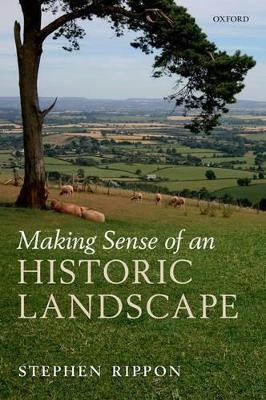Why is it that in some places around the world communities live in villages, while elsewhere people live in isolated houses scattered across the landscape? How does archaeology analyse the relationship between man and his environment? Making Sense of an Historic Landscape explores why landscapes are so varied and how the landscape archaeologist or historian can understand these differences.
Local variation in the character of the countryside provides communities with an important sense of place, and this book suggests that some of these differences can be traced back to prehistory. In his discussion, Rippon makes use of a wide range of sources and techniques, including archaeological material, documentary sources, maps, field- and place-names, and the evidence contained within houses that are still lived in today, to illustrate how local and regional variations in the 'historic
landscape' can be understood. Rippon uses the Blackdown Hills in southern England, which marked an important boundary in landscape character from prehistory onwards, as a specific case study to be applied as a model for other landscape areas. Even today the fields, place-names, and styles of domestic
architecture are very different either side of the Blackdown Hills, and it is suggested that these differences in landscape character developed because of deep-rooted differences in the nature of society that are found right across southern England. Although focused on the more recent past, the volume also explores the medieval, Roman, and prehistoric periods.
- ISBN10 0199533784
- ISBN13 9780199533787
- Publish Date 12 July 2012
- Publish Status Active
- Publish Country GB
- Imprint Oxford University Press
- Format Hardcover
- Pages 416
- Language English
